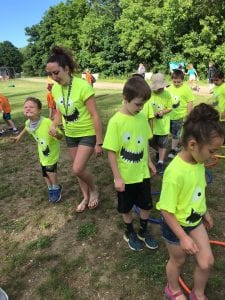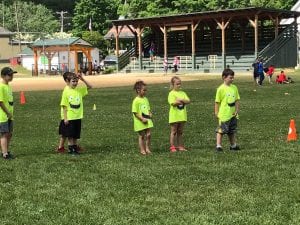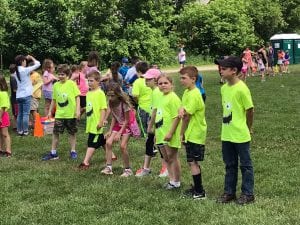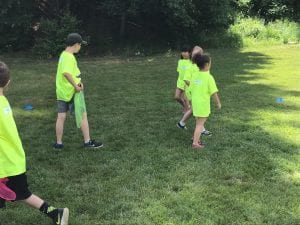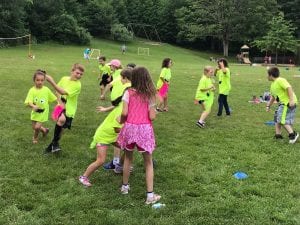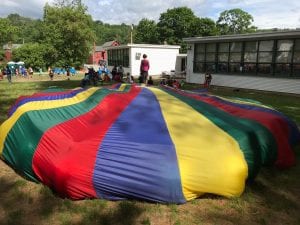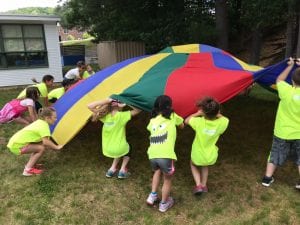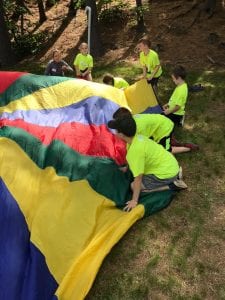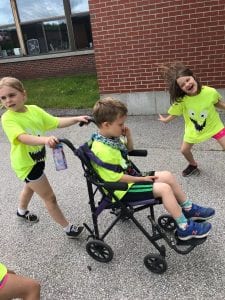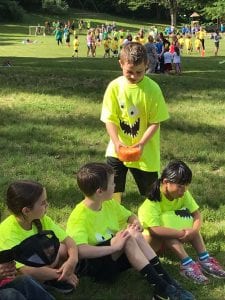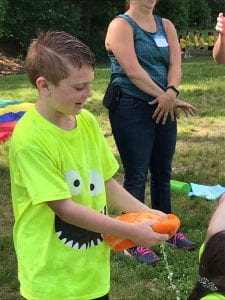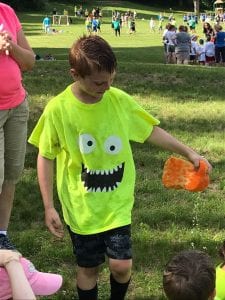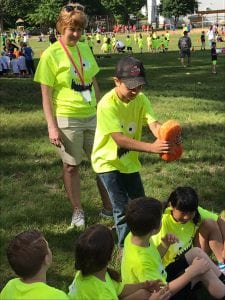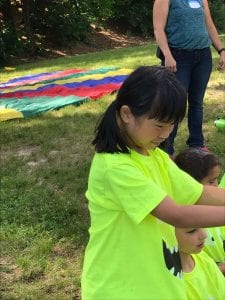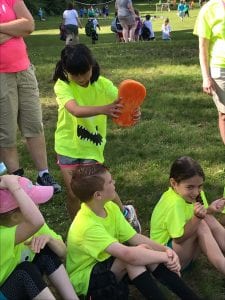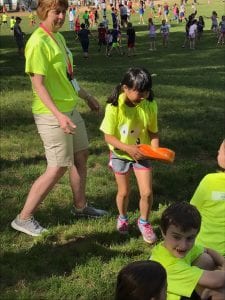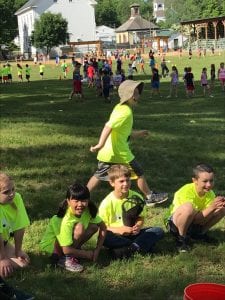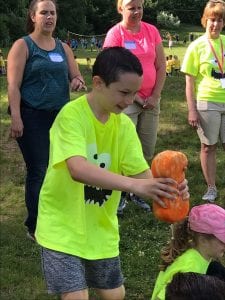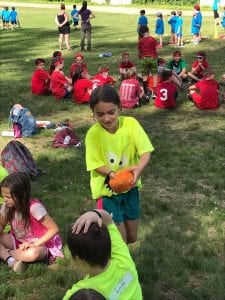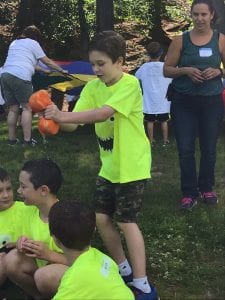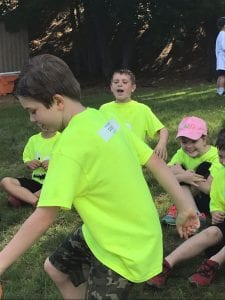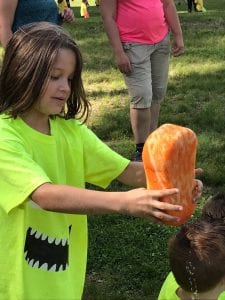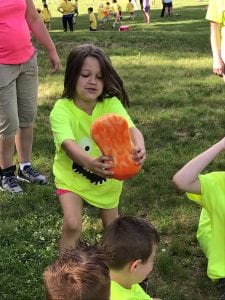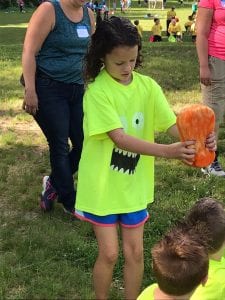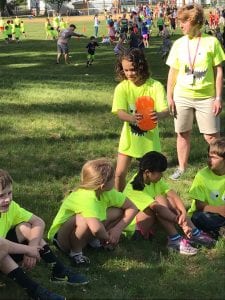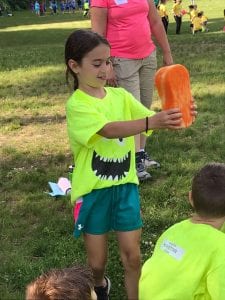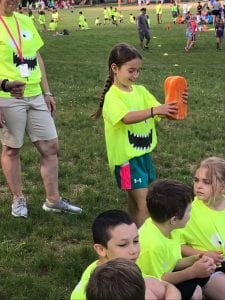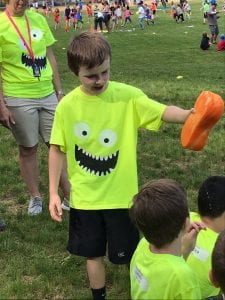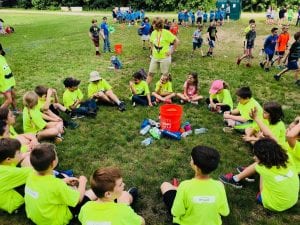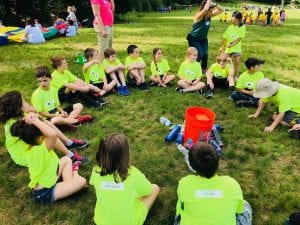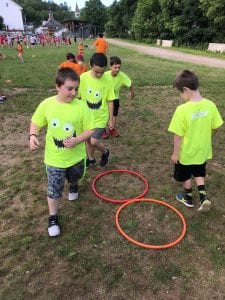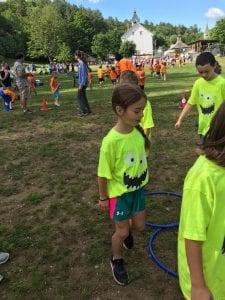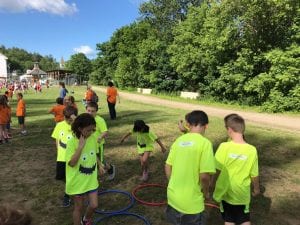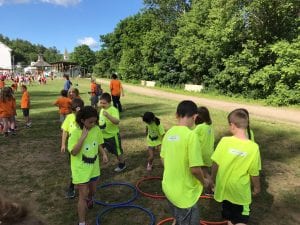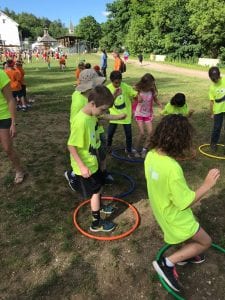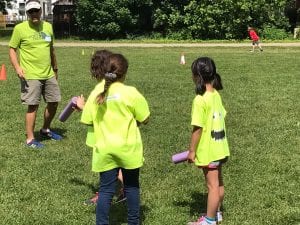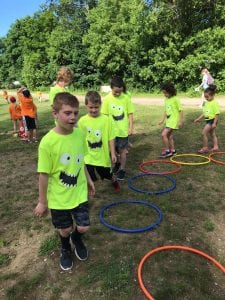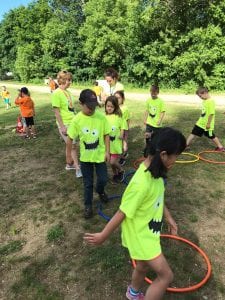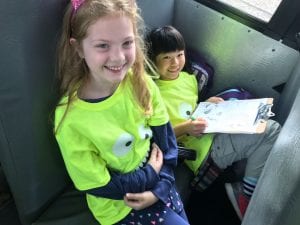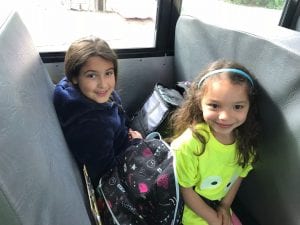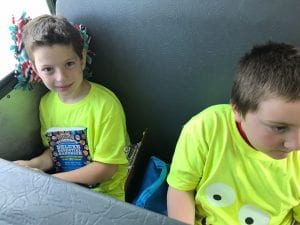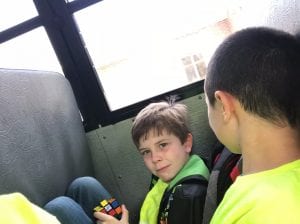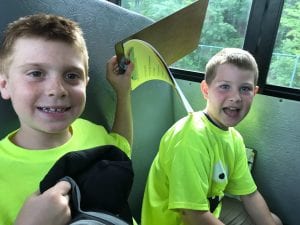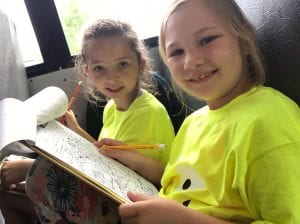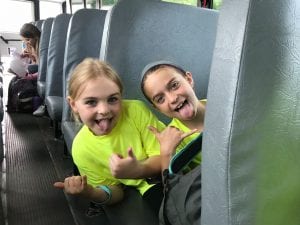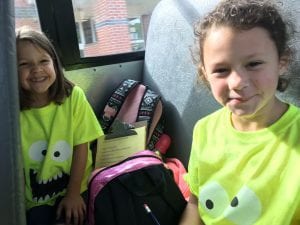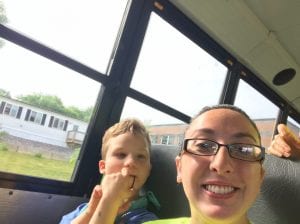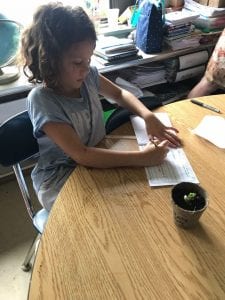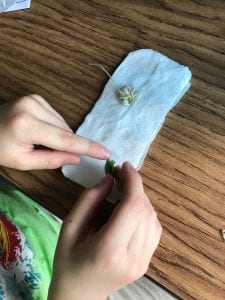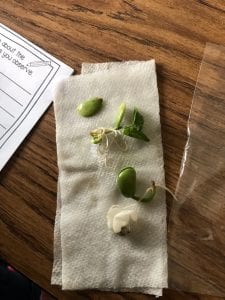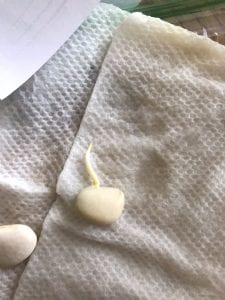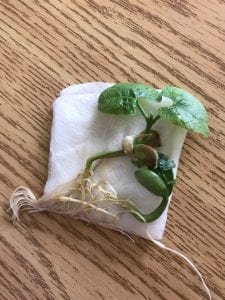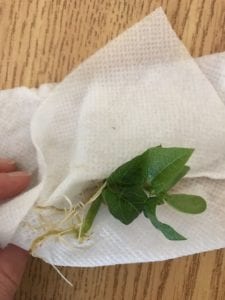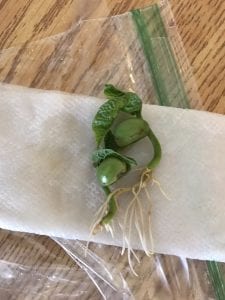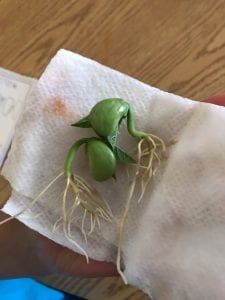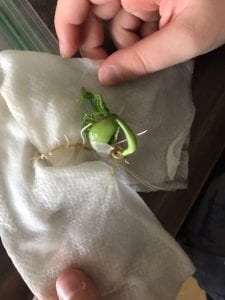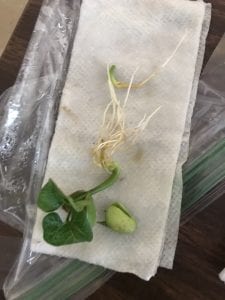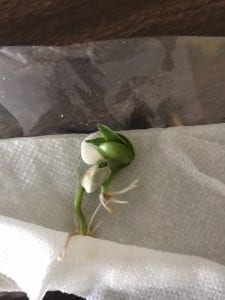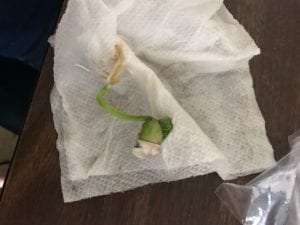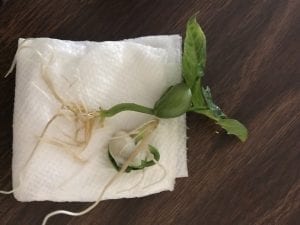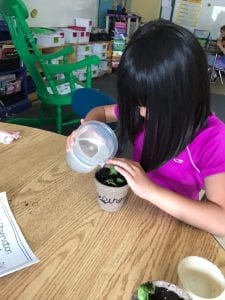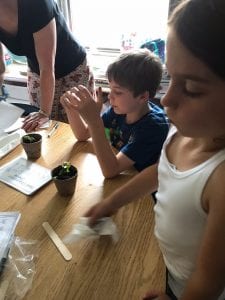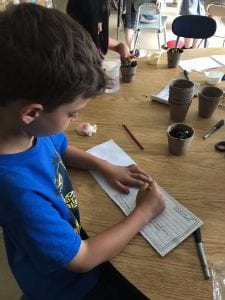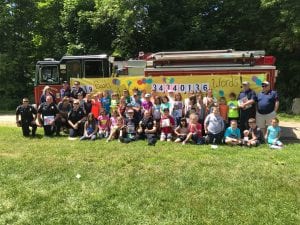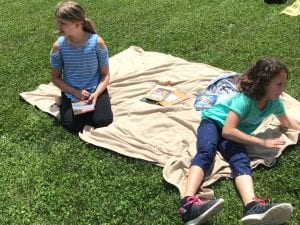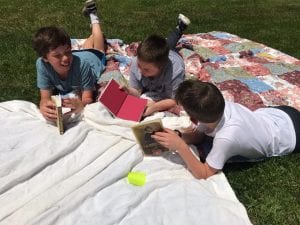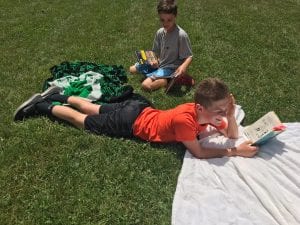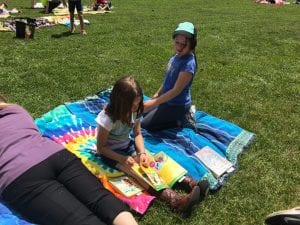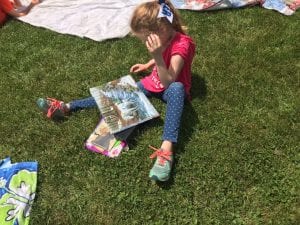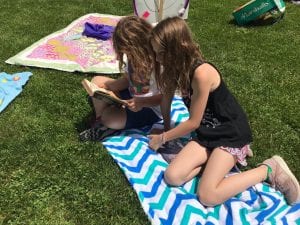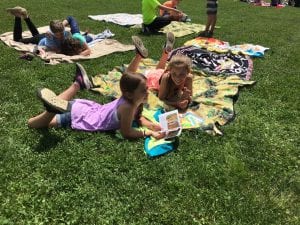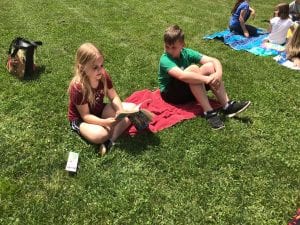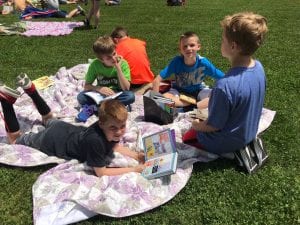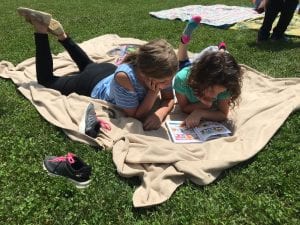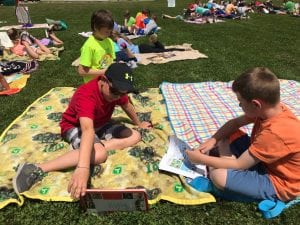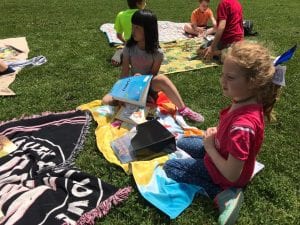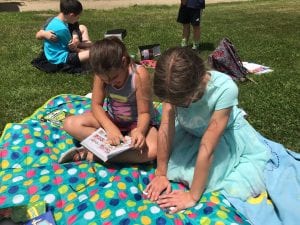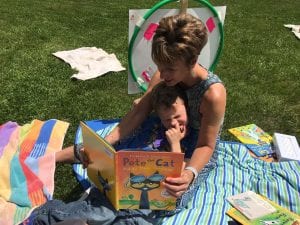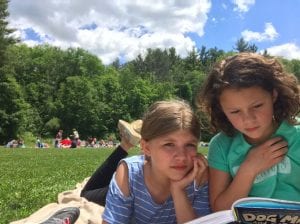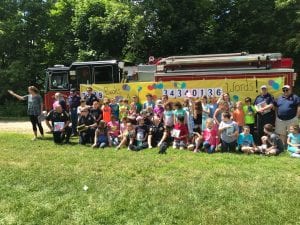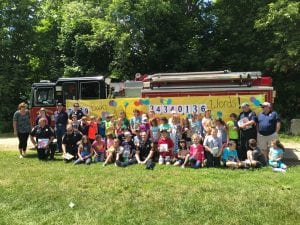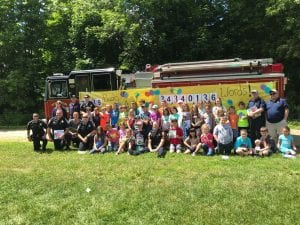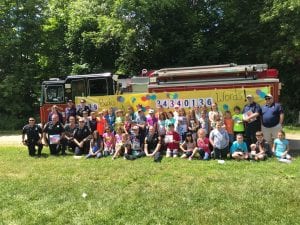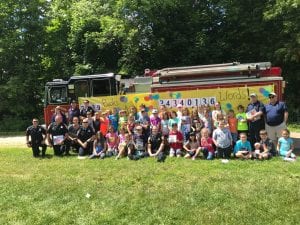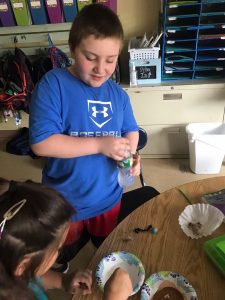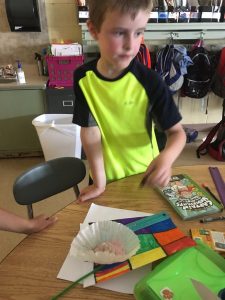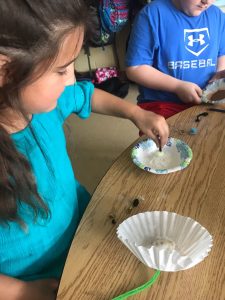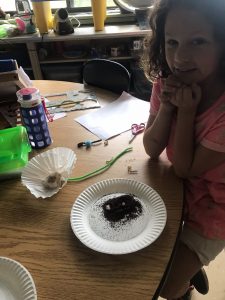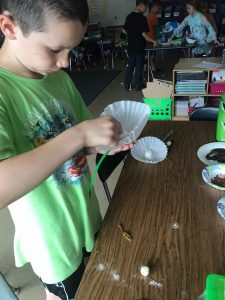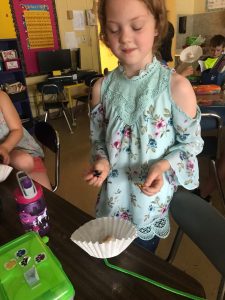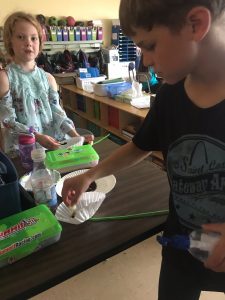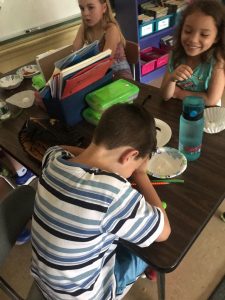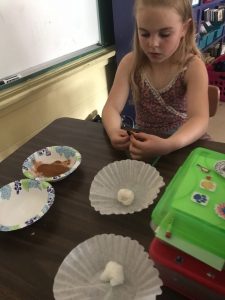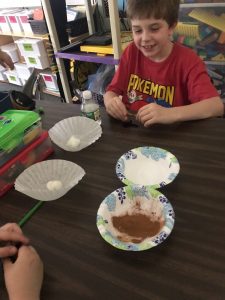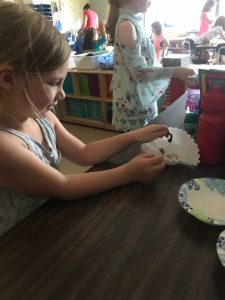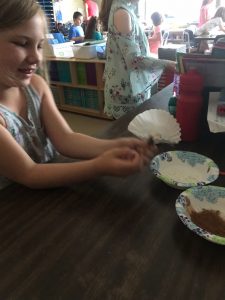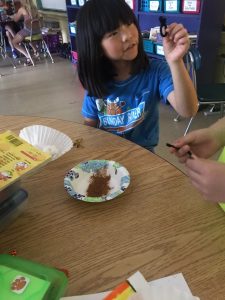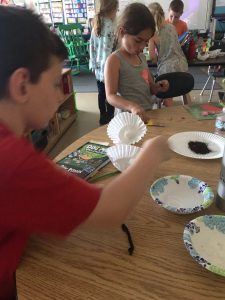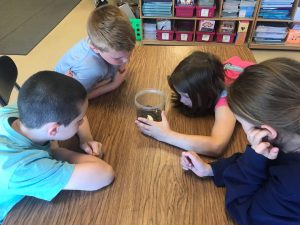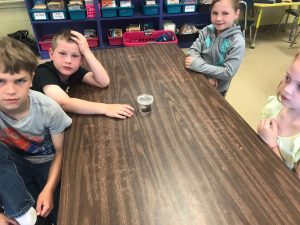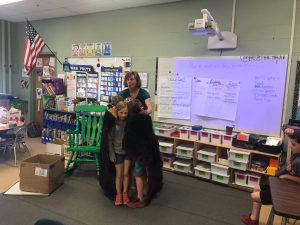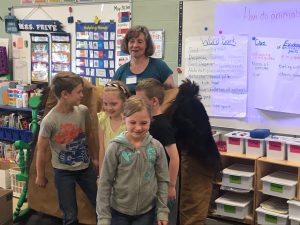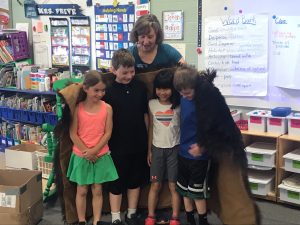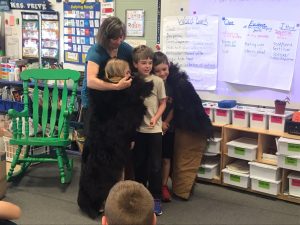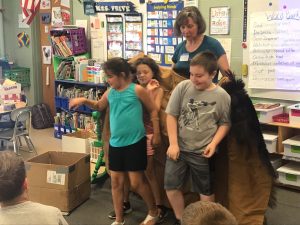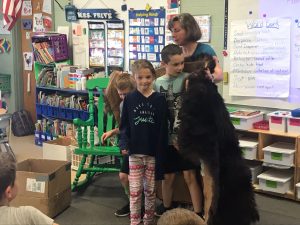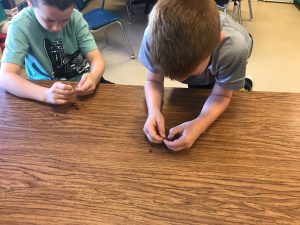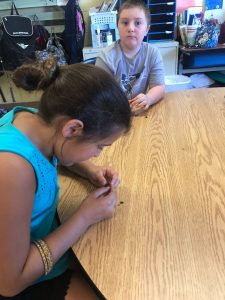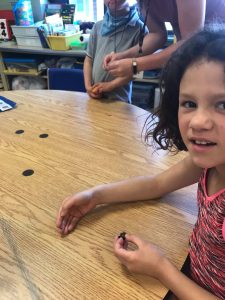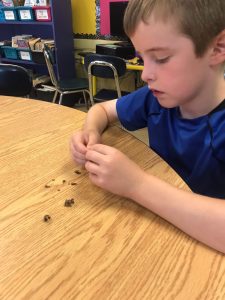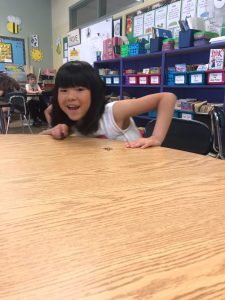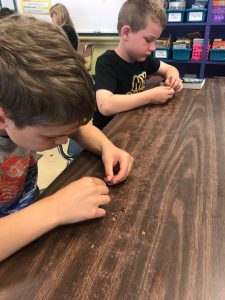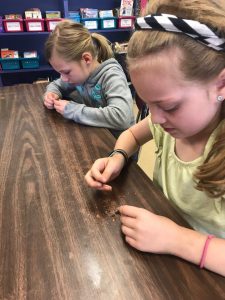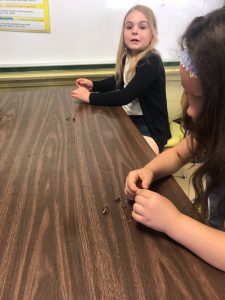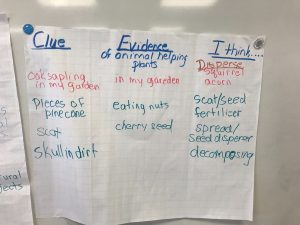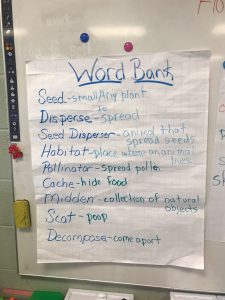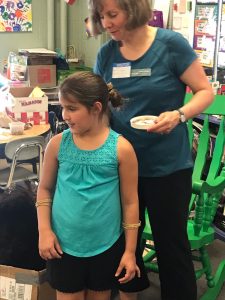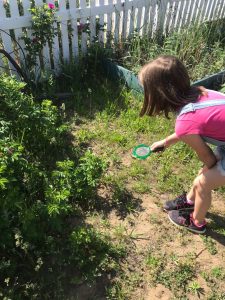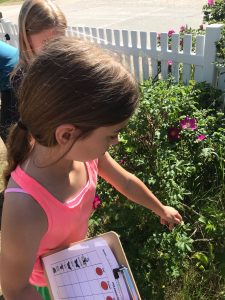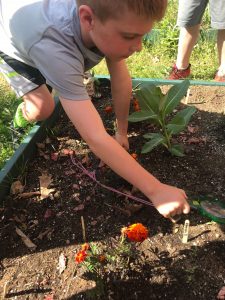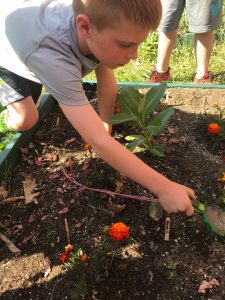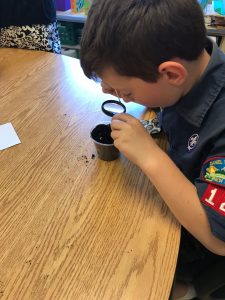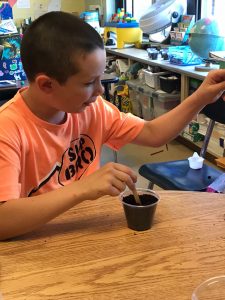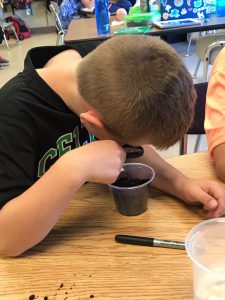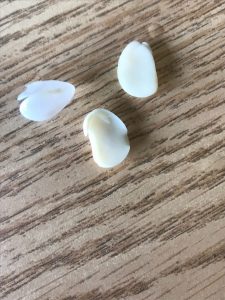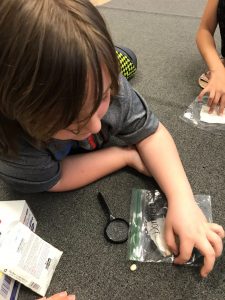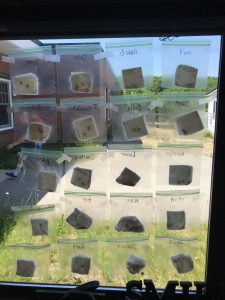Monthly Archives: June 2018
Field Trip
Plants
Reading Reward
Field Day Fun
Field Trip
Field Trip Reminders
Dear Parents,
On Thursday, June 7th the students in second grade will travel to Squam Lake Science Center in Holderness, New Hampshire. The students will be walking the nature trails as well as participating in the Have to Have a Habitat workshop. Students will learn about natural communities and how the organisms that live together work together.
*Chaperones-Please be in our classroom around 8:00 so we can review expectations with everyone.
Our Schedule:
Depart School at 8:15
Arrive at Squam Lake Science Center at 10:00
Depart at 2:30 to arrive back at NBCS at 4:00 PLEASE PICK UP ON TIME – If someone other than a parent is picking up their second grader, please make sure that they have a note, so that I can verify who they are leaving with. Chaperones are allowed to take their children with them from Squam Lake, however, I will need a signed note, prior to leaving NBCS.
What to Bring/Wear
· Lunch-no glass bottles
· Snacks for AM and PM Bus (No drinks. Cut fruit is a great idea!)
· Dress for the weather
· Sweatshirt – in case the weather is cool
· Comfortable shoes (No flip flops)
· Bug spray/sunscreen on in the morning – teachers are not able to apply/reapply. However, the children are welcome to bring it.
– If time allows, the children may visit the gift shop. So, they are welcome to bring money, if they wish to purchase something.
We have lots of wonderful chaperones to help make our day even more fun! Please remind your children to listen to chaperones and instructors, stay on the trail and have fun!
As always, if you have ANY questions, don’t hesitate to contact me.
Second Grade Team
Pollination
This Friday, we conducted some experiments on pollination. My hope was that the children would have a better understanding of how seed dispersers share seeds, pollen and drink some much loved nectar. This was a perfect lesson to illustrate that. The children had constructed a flower, and two pollinators. Those pollinators then had to dip into the pollen, which they quickly shared with another flower.
Audobon
Wow. Another big thank you to the PTA for sponsoring a visit to us from the Audubon Society. Ms. Hilary had some pretty great lessons for us, regarding seed dispersal. We started our lesson inside, but shortly thereafter, we continued outside to collect some data on seed dispersers. The children had a lot of fun with all of the hand-on elements of these lessons.
Planting
We also did a little bit of planting, of grass seed, to learn about the basic needs of plants, and to further investigate seed dispersal. The kids had some very rich conversations on what they already knew about plans. We discussed decomposing, composting, and many other elements of plants. We are excited, and hopeful that our plants will start to grow.
Beans
We spent a few days last week, talking about plants, and their functions. We did some experimenting with beans. In conversing with the children about what they knew about plants, there appeared to be some misconceptions, in whether or not a plant needed soil in order to survive.
We started with dry seeds, measured, observed and made some predictions about what we thought the inside looked like. After soaking some beans overnight, we were able to split them open and investigate the inside. The children had a lot of fun with this, and seemed genuinely excited when they learned what the inside looked like. They were careful scientists during this lesson.
For the second part of our lesson, we decided to experiment as to whether we could make a plant grow without soil. The children “planted” a couple of seed in a bag with a moistened paper towel. We then hung them on the window, to give them as much sunlight as possible. We are excited to observe and track our findings.
